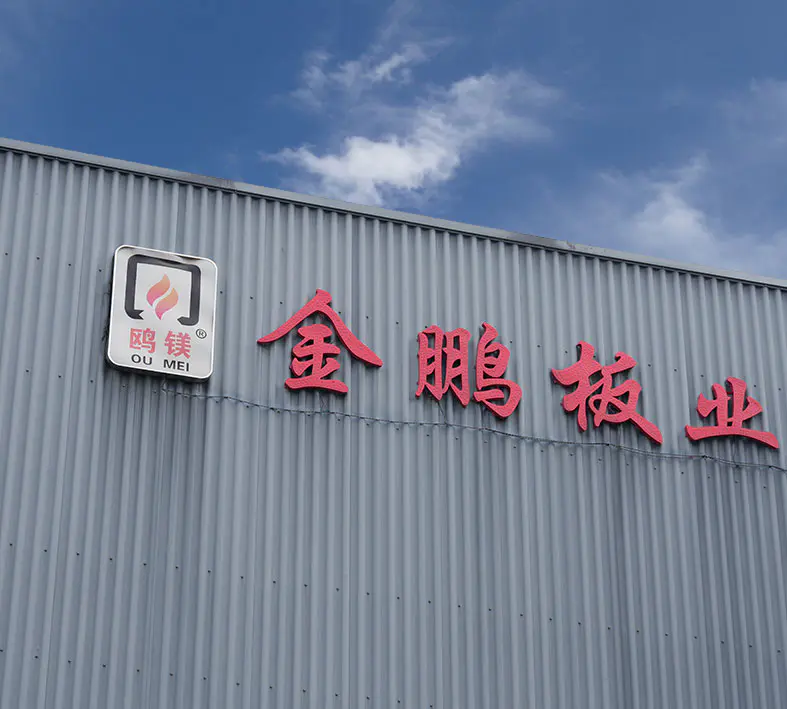The Benefits and Applications of MGO Board in Modern Construction
In the ever-evolving construction industry, materials that combine strength, safety, and sustainability are becoming increasingly valuable. One such material gaining global recognition is the mgo board, also known as magnesium oxide board. This innovative solution provides an alternative to traditional building products like gypsum, plywood, and cement board. With its wide range of advantages, it is being adopted in both residential and commercial projects around the world.
What is an MGO Board?
An mgo board is a type of engineered building material made from magnesium oxide, combined with other components such as perlite, fiberglass mesh, and wood chips. The result is a highly durable, non-toxic, and fire-resistant board suitable for multiple applications. Unlike gypsum or cement boards, a magnesium oxide board is lightweight yet strong, making it easier to handle and install on site.
Key Advantages of Magnesium Oxide Board
The growing popularity of MGO board comes from its unique properties:
Fire resistance: One of the most notable benefits of an mgo board is its superior fireproof rating. It does not burn, emit toxic smoke, or contribute to the spread of flames, making it an ideal material for walls, ceilings, and partitions in buildings that prioritize fire safety.
Moisture and mold resistance: A magnesium oxide board is not affected by moisture or humidity in the same way that traditional boards are. This makes it particularly useful in wet areas such as bathrooms, kitchens, or basements, where mold and mildew can otherwise be a problem.
Strength and durability: Despite being lightweight, MGO boards have a high compressive and tensile strength. They resist warping, cracking, and deterioration over time, even under heavy loads.
Eco-friendly composition: An mgo board is made from natural minerals and does not release harmful chemicals. Its low environmental impact makes it a sustainable choice for green construction projects.
Sound insulation: Thanks to its density and structure, magnesium oxide board provides excellent acoustic performance, reducing sound transmission between rooms.
Versatility: The board can be cut, drilled, painted, and finished with ease, giving architects and builders flexibility in design.
Common Applications of MGO Boards
Because of these benefits, mgo board is used across a wide range of construction and design projects:
Interior walls and partitions: Builders use magnesium oxide board as an alternative to gypsum drywall, especially in areas where fire safety or moisture resistance is important.
Ceilings: Its lightweight structure makes it a practical choice for ceiling installations.
Flooring underlayment: MGO boards provide a stable, durable base for tiles, carpets, and other flooring materials.
Exterior sheathing and siding: The weather-resistant qualities of MGO board allow it to perform well in exterior applications.
Decorative finishes: Because it can be easily painted or laminated, it is often used for design elements that require both durability and aesthetics.
Why Choose Magnesium Oxide Board?
The combination of fire resistance, durability, and eco-friendliness positions magnesium oxide board as a leading choice for modern construction. As building codes become stricter and sustainability gains importance, materials like MGO board provide practical solutions without compromising safety or design.
In addition, long-term cost savings make mgo board attractive to developers and homeowners. Reduced maintenance, fewer replacements, and lower risks from fire or moisture damage all contribute to overall project efficiency.
As the construction industry continues to move toward safer, greener, and more efficient practices, mgo board is emerging as a versatile and reliable material. With its ability to meet the demands of modern architecture—strength, resilience, and environmental responsibility—the magnesium oxide board is set to remain a cornerstone of innovative building solutions for years to come.


Post Comment